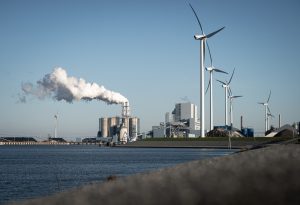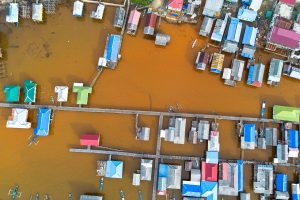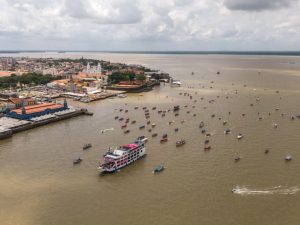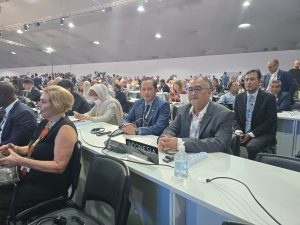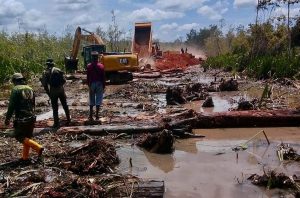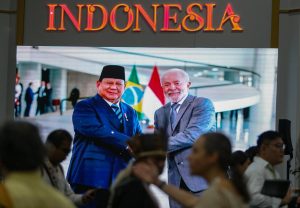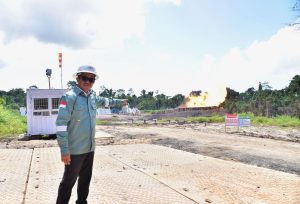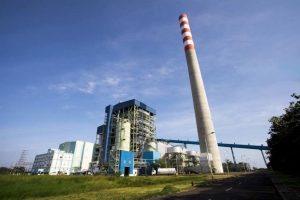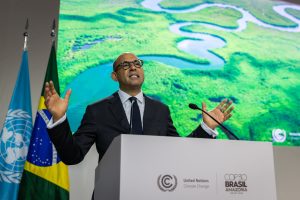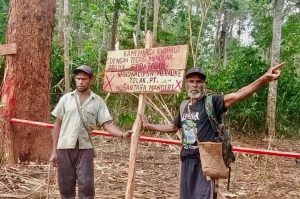Jakarta – SKK Migas, Indonesia’s Special Task Force for Upstream Oil and Gas Business Activities, in collaboration with several contractors, aims to target an additional 2,000 billion standard cubic feet (BSCF) of gas and 19 million barrels of condensate over the next few years through the giant South Hub gas project.
The signing of five commercial agreements in Jakarta on Friday, October 3, involved six oil and gas working areas, namely Rapak, Selat Makassar, Sepinggan Timur, Ganal, Muara Bakau, and Ganal Barat, marking the inauguration of the project.
SKK Migas Head Djoko Siswanto, Eni Indonesia Managing Director Roberto Daniele, Pertamina Hulu Energi East Sepinggan Director Sunaryanto, and Tiptop Indonesia Country Manager Qin Shenggao attended it.
Djoko Siswanto stated that the South Hub project is a significant milestone because it is capable of distributing gas to both domestic and international markets. “Gas from this project will be prioritised for use in East Kalimantan through the East Kalimantan System. The remaining production will be processed into LNG at the Badak LNG Plant, thereby directly strengthening national energy security,” he explained.
According to Djoko, this project also serves to optimise the utilisation of the Jangkrik Floating Production Unit (FPU) that is already in operation. Gas production will come from the Jangkrik, Merakes, Gendalo, Gandang, and Maha fields.
Commercial and investment agreements
Of the five agreements signed, three are fundamental agreements on oil and gas commercialisation to clarify the rights and obligations of the parties involved in the sale of oil and condensate. The other two agreements are crucial LNG development agreements that support the final investment decision (FID).
“This signing provides legal certainty and encourages investment certainty. South Hub will become a strong base for the expansion of Indonesia’s oil and gas production,” said Djoko.
In addition to South Hub, Djoko revealed that Eni is also preparing a follow-up project, namely North Hub, which is targeted to be operational in 2028.
“If both hubs are operational, we will achieve greater efficiency and long-term economic benefits for the country and society,” he added. (Hartatik)
Banner photo: Image generated by OpenAI’s DALL·E via ChatGPT (2024)


